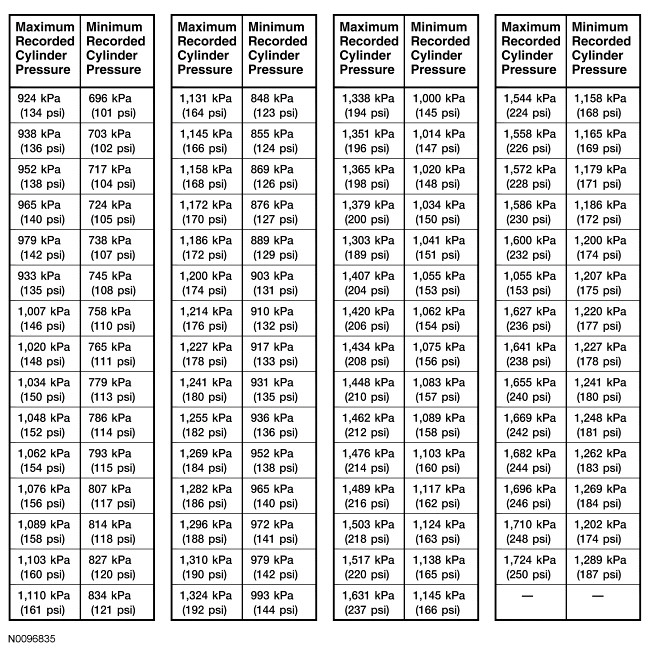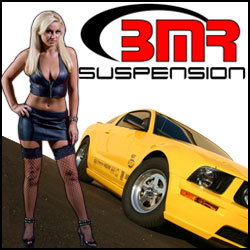The two concern are the drive by wire throttle body, how to go wot to let air into the motor to compress while cranking, surely the computer wouldn't allow any throttle while cranking. I was considering removing the throttle body, that's about as wot as you can get.
My other concern is, will the motor still keep on cranking because it won't start, as all that going to the "start" position with the key really does is start a procedure allowing the ecu to start the engine it's own way. I guess I can just be ready to disconnect the battery.
Finally the reasoning. The car just seems to not be performing as it should. My G-tech shows it barely trapping 100mph in the quarter, when my manual car that was stock except for an axle back trapped up to 112 a couple of times with the stock gears, and regularly trapped 107-108 with the 3.90s.
Also, right now I'm in the process of tuning, and the ecu for some reason isn't wanting to lock the converter even at cruise, but I'm confident we'll figure that out. But I also smell a little bit of burnt oil from time to time, but have never seen an ounce of oil smoke out of the tail-pipes, and haven't seen a drip on the driveway or under the hood, but the smell is there, so I want to just make sure all the cylinders are at least equal to each other with cranking compression.
My other concern is, will the motor still keep on cranking because it won't start, as all that going to the "start" position with the key really does is start a procedure allowing the ecu to start the engine it's own way. I guess I can just be ready to disconnect the battery.
Finally the reasoning. The car just seems to not be performing as it should. My G-tech shows it barely trapping 100mph in the quarter, when my manual car that was stock except for an axle back trapped up to 112 a couple of times with the stock gears, and regularly trapped 107-108 with the 3.90s.
Also, right now I'm in the process of tuning, and the ecu for some reason isn't wanting to lock the converter even at cruise, but I'm confident we'll figure that out. But I also smell a little bit of burnt oil from time to time, but have never seen an ounce of oil smoke out of the tail-pipes, and haven't seen a drip on the driveway or under the hood, but the smell is there, so I want to just make sure all the cylinders are at least equal to each other with cranking compression.




